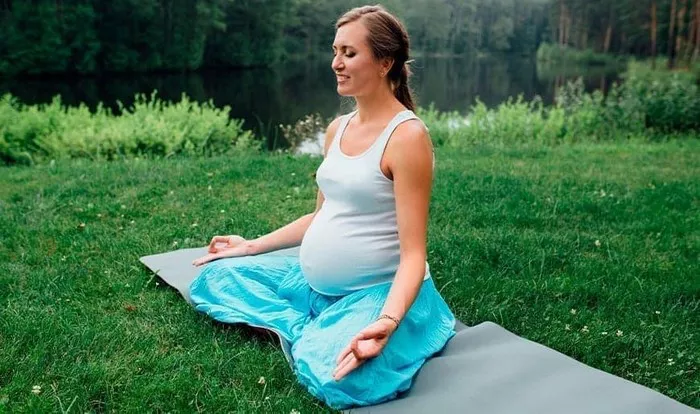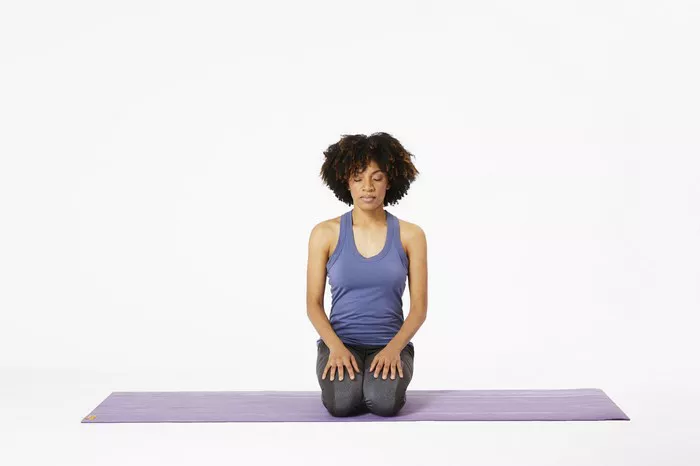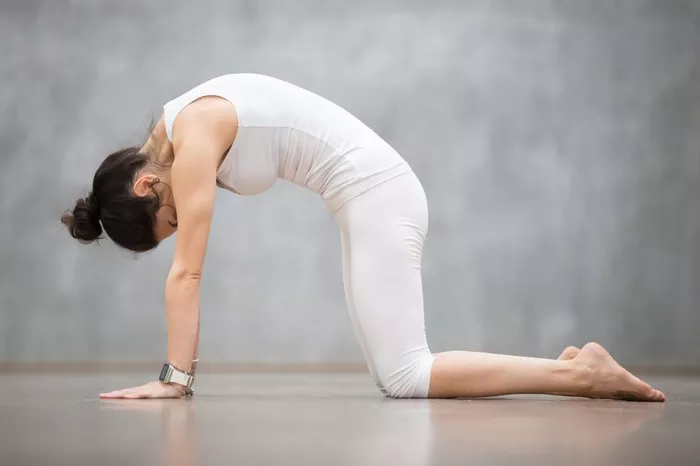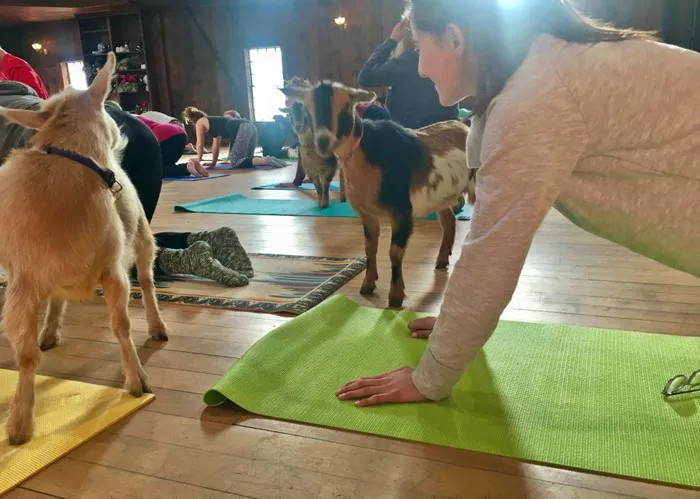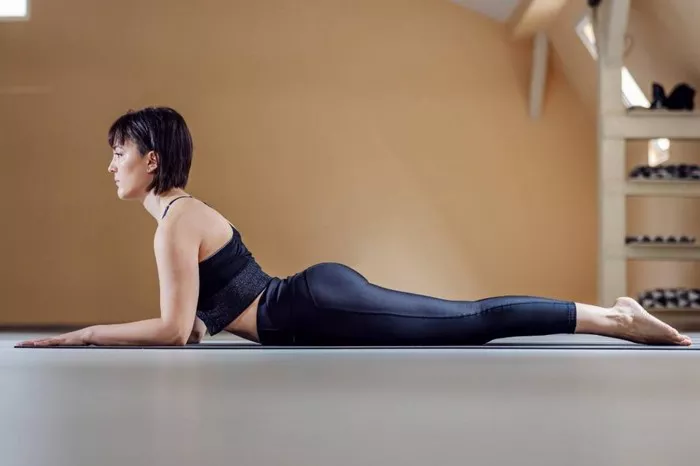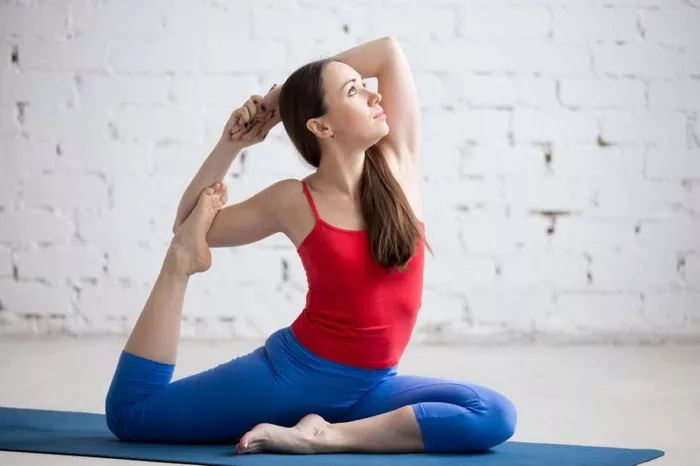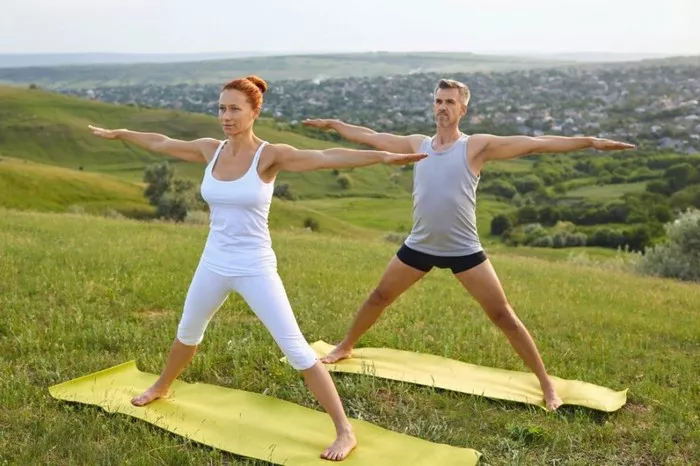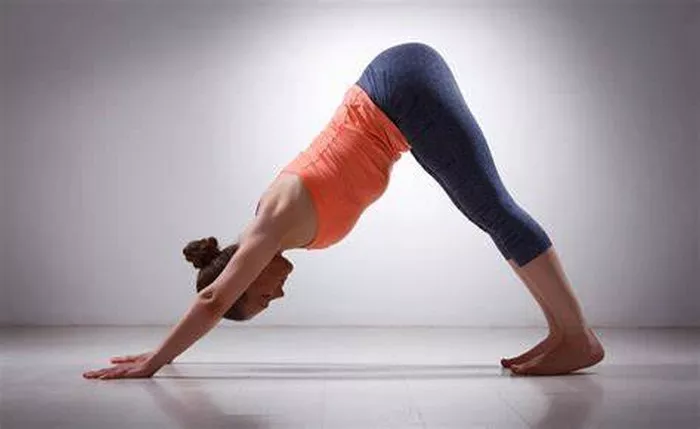Yoga, as an ancient practice, offers numerous postures designed to bring balance, strength, flexibility, and calmness to both the mind and body. Among these many postures, one that stands out due to its remarkable benefits is the Bow Pose, also known as Dhanurasana (pronounced as Dha-noo-ra-sa-na), a backbend that resembles the shape of a bow when performed correctly. This posture is not just a physical exercise; it is a holistic practice that offers profound effects on both physical and mental well-being.
In this article, we will explore in-depth what the Bow Pose is good for, the benefits it offers, and how you can practice it effectively.
What is the Bow Pose (Dhanurasana)?
The Bow Pose is a backbend in yoga that involves lying on your stomach, bending your knees, reaching back with your hands to grab your ankles, and then lifting your chest and thighs off the floor. This creates a posture that resembles the shape of an archer’s bow, with the torso and legs acting as the string, and the arms as the bow itself. The pose requires balance, flexibility, strength, and a deep connection between the body and breath.
Step-by-Step Guide to Perform Dhanurasana:
Start by lying down on your stomach: Keep your legs extended and your arms by your sides with your palms facing the floor.
Bend your knees: Bring your heels towards your glutes, making sure your knees are about hip-width apart.
Reach back and grab your ankles: With both hands, grab your ankles, keeping your arms strong and steady.
Inhale deeply: On your inhale, press your feet into your hands and start lifting your chest and thighs off the floor. This should be a smooth, controlled movement.
Engage your core: Lift your chest higher, while pressing your feet into your hands and bringing your thighs off the floor, opening up your chest and stretching your back.
Hold the pose: Maintain the pose for several breaths (usually 20 to 30 seconds). Focus on lengthening your spine and keeping your breath steady.
Release: To come out of the pose, slowly lower your chest and legs back to the floor and release your ankles. Rest in a prone position for a few moments before moving on to another posture.
It’s important to practice this pose slowly and with full awareness of the body’s limits. Do not push yourself into the posture too forcefully, especially if you are a beginner.
What is the Bow Pose Good For?
The Bow Pose offers a wide range of physical, mental, and emotional benefits. Below, we will break down these benefits into categories to give you a clearer understanding of what this pose can do for you.
1. Improves Spinal Health and Flexibility
One of the most notable benefits of the Bow Pose is its positive effect on spinal health. The backbend stretches and strengthens the spine, which can help improve flexibility and mobility in the back. It opens up the chest and shoulders, releasing tension and improving posture.
Spinal Extension: Dhanurasana promotes spinal extension, which counteracts the negative effects of sitting for long periods. It increases the length of the spine, thus improving posture and preventing issues such as slouching or rounded shoulders.
Improved Back Flexibility: This pose targets the back muscles, stretching them and increasing flexibility in the thoracic and lumbar regions. A flexible spine is key to preventing and alleviating back pain.
For individuals suffering from mild back stiffness or discomfort, regular practice of Dhanurasana can be an effective way to promote spinal health and relieve pain.
2. Strengthens the Core, Legs, and Arms
While Bow Pose is often associated with backbends, it also requires engagement from various muscle groups throughout the body. When you hold the pose, you actively work and strengthen the core, legs, and arms.
Core Strength: To maintain the stability of the pose, you must engage your abdominal muscles to support your lower back and keep your pelvis from dropping to the ground. This strengthening of the core is not only vital for balance but also helps improve posture and prevent injuries in the lower back.
Leg Strength: The muscles in the legs, particularly the hamstrings and glutes, are engaged when lifting the legs off the ground. The force from pressing your feet into your hands also strengthens the muscles in your thighs.
Arm Strength: While the arms are used to hold onto the ankles, the shoulders, biceps, and forearms are worked during the stretch. The arms need to maintain grip and control, which can help in building upper body strength.
A full-body workout that combines flexibility with strength, Dhanurasana provides functional benefits that are valuable for all fitness levels.
3. Stretches and Tones the Chest, Shoulders, and Thighs
Dhanurasana is an excellent stretch for the chest and shoulders, which often become tight due to desk jobs or prolonged sitting. By opening the chest and drawing the shoulder blades towards the spine, the pose counteracts the effects of slouching and rounded shoulders.
Chest Expansion: The backbend deeply stretches the chest, allowing for better lung capacity and deeper breathing. This chest opening can be especially beneficial for people who spend a lot of time hunched over computers or mobile devices.
Shoulder Stretch: The pose stretches the shoulders and upper arms, improving flexibility in the shoulder joints and reducing tension in the upper back.
Thigh Toning: The lifting of the legs in Dhanurasana engages and tones the thigh muscles, including the quadriceps and hamstrings. The activation of these muscles helps increase strength and stamina in the lower body.
4. Improves Digestion and Relieves Constipation
Dhanurasana is also known to have digestive benefits. The deep backbend stimulates the abdominal organs and helps improve digestion.
Massaging Abdominal Organs: The compression in the abdomen during the pose massages the internal organs, improving blood flow to the digestive tract. This enhances the efficiency of the digestive system and helps relieve issues such as constipation and bloating.
Stimulation of the Solar Plexus: The solar plexus, an area of the body that plays a role in digestion and emotional balance, is activated by the stretch. This stimulation can lead to better metabolic function and overall digestive health.
For individuals suffering from irregular bowel movements or discomfort after meals, Bow Pose can help support digestive health and promote regularity.
5. Enhances Posture and Alleviates Stress
Modern life often leads to poor posture, especially among individuals who spend long hours at desks or on their phones. The Bow Pose helps open up the chest, align the spine, and strengthen the muscles needed to support good posture.
Posture Correction: By stretching the chest and strengthening the back, this pose is incredibly effective in reversing poor posture. It helps realign the spine and balance the shoulders, preventing the hunching forward that commonly occurs in sedentary lifestyles.
Stress Relief: Backbends like Dhanurasana stimulate the parasympathetic nervous system, which is responsible for the body’s relaxation response. This can help reduce stress and anxiety, promoting a sense of calmness and well-being.
Emotional Release: Backbends are known to evoke emotional releases. The chest-opening nature of the Bow Pose can lead to a sense of vulnerability and emotional release, which may help in processing stored tension or stress.
6. Improves Lung Capacity and Respiratory Health
Dhanurasana is a heart-opening pose that encourages deep breathing and expands the lung capacity. By lifting the chest and stretching the front of the body, the pose creates space for the lungs to fully expand, improving oxygen intake and lung function.
Improved Oxygen Flow: As the chest expands, the lungs can fully fill with air, allowing for better oxygenation of the blood. This enhances overall energy levels and endurance.
Increased Lung Capacity: For those who practice deep breathing in the pose, Dhanurasana can help improve the efficiency of the respiratory system, which is especially helpful for athletes, singers, or anyone looking to improve lung capacity.
7. Mental Clarity and Focus
The Bow Pose requires significant focus and concentration. To perform it correctly, you need to connect deeply with your breath and your body. This fosters mental clarity, focus, and mindfulness.
Mind-Body Connection: The need for balance, breathing, and coordination during the pose helps develop a stronger mind-body connection. This connection carries over into other aspects of life, helping you stay more centered and focused.
Mindfulness and Awareness: As with many yoga poses, Dhanurasana promotes mindfulness. The practice encourages you to be present in the moment, to listen to your body, and to breathe intentionally.
Contraindications and Precautions
While Dhanurasana offers numerous benefits, there are certain precautions and contraindications that should be considered before attempting the pose:
Lower Back Issues: If you have any history of lower back pain or injury, be cautious with this pose. Consult a healthcare professional before practicing it.
Neck Problems: People with neck issues should avoid lifting the head too much during the pose. Keep the neck in a neutral position to prevent strain.
Pregnancy: Pregnant individuals should avoid backbends like Dhanurasana, especially in the later stages of pregnancy.
Knee Injuries: Those with knee problems should avoid pulling the feet too aggressively and should only practice the pose if it feels comfortable.
Conclusion
The Bow Pose (Dhanurasana) is a powerful yoga posture that offers a wide array of benefits for the body and mind. By improving flexibility, strengthening the core, enhancing digestion, and promoting better posture, this backbend serves as a holistic practice for overall health and well-being. However, it is important to approach the pose with care and awareness, especially for beginners or those with existing injuries.
With regular practice, the Bow Pose can become a valuable addition to your yoga routine, providing physical, mental, and emotional benefits that contribute to a healthier, more balanced life. So, roll out your mat, take a deep breath, and let Dhanurasana work its magic on your body and mind.
Related topics



